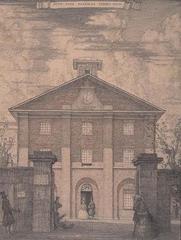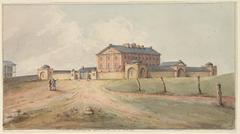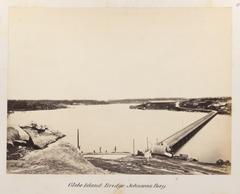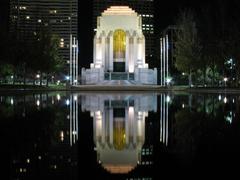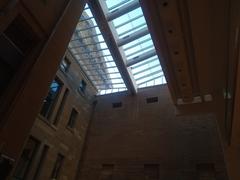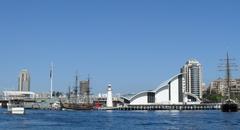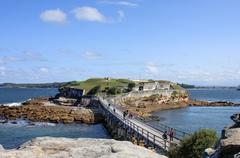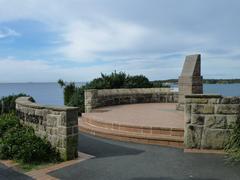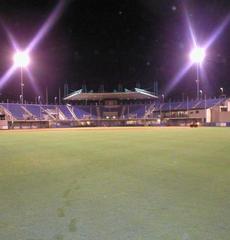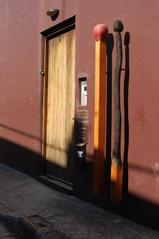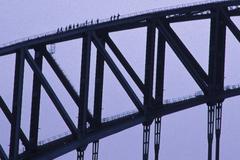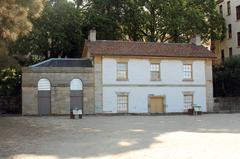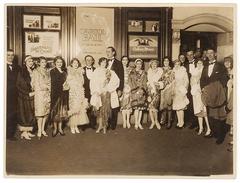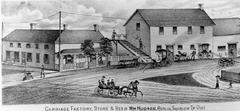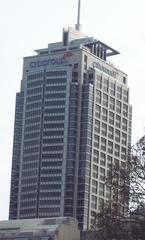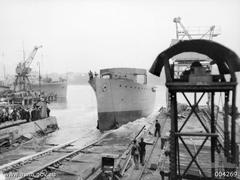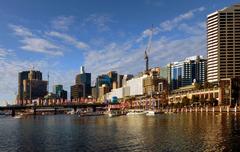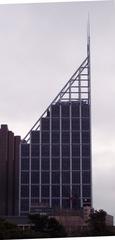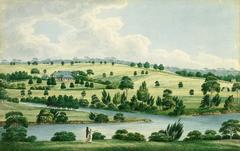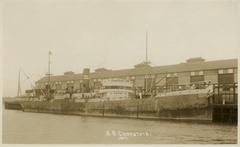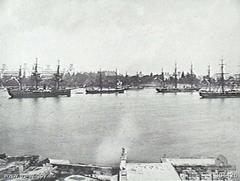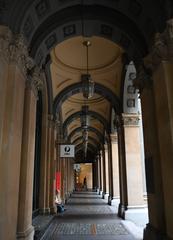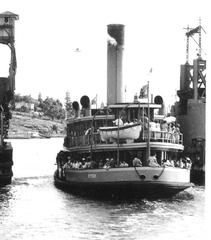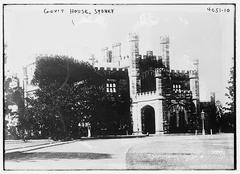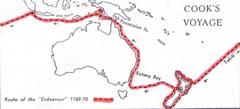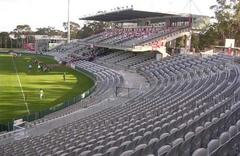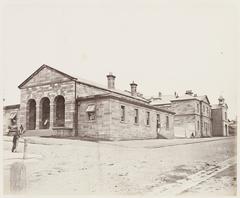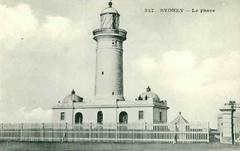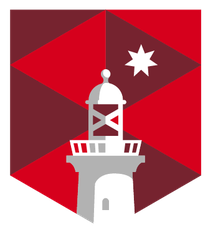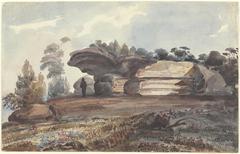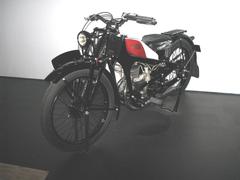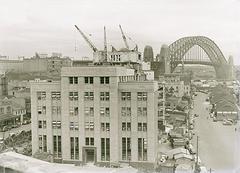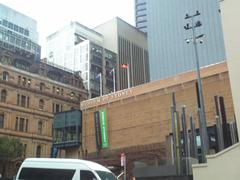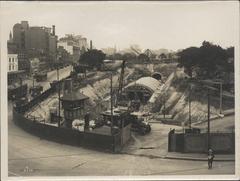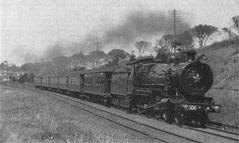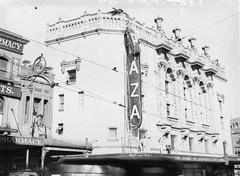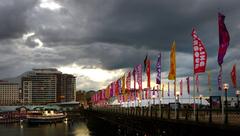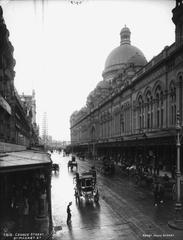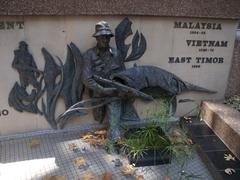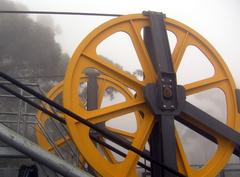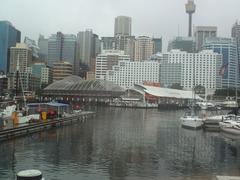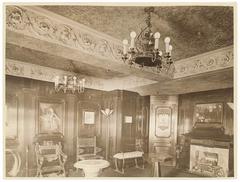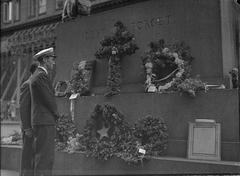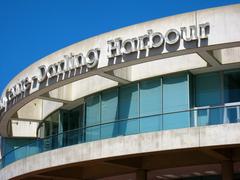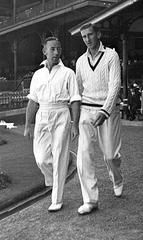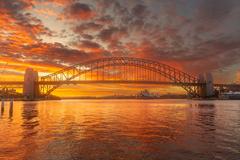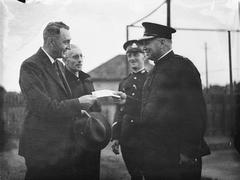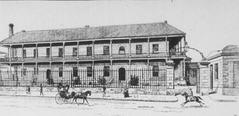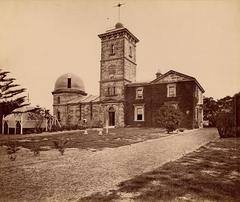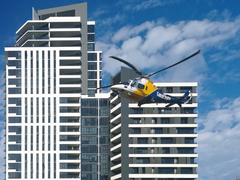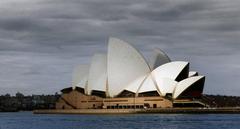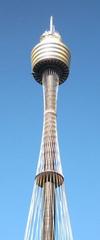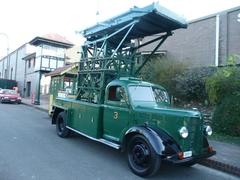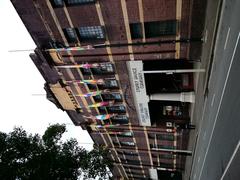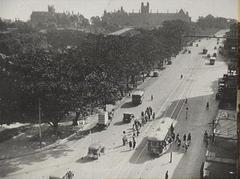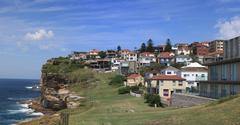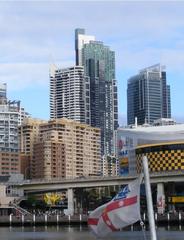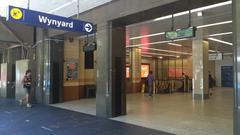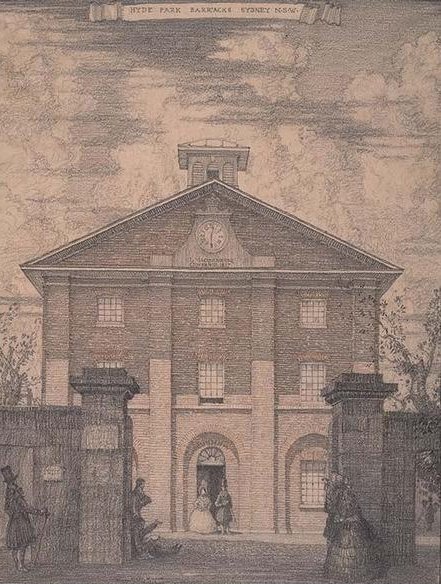
Hyde Park Barracks Sydney: Visiting Hours, Tickets, and Historical Sites Guide
Date: 14/06/2025
Introduction
Hyde Park Barracks stands as a cornerstone of Australian heritage, offering an immersive look into the convict era and the evolution of colonial Sydney. Erected between 1817 and 1819 under the vision of Governor Lachlan Macquarie and the design expertise of Francis Greenway—a convict architect—the Barracks is a masterwork of Georgian architecture and a living archive of New South Wales’ social history. Over its 200-year lifespan, it has served as a convict dormitory, immigration depot, asylum, and government office, reflecting the dramatic transformations in the colony’s demographic and civic structure. Today, as a UNESCO World Heritage site and museum, Hyde Park Barracks invites visitors to explore its layered past through interactive exhibitions, guided tours, and educational programs (History Hit; Museums of History NSW; UNESCO).
Table of Contents
- Early Colonial Context and the Need for the Barracks
- Design and Construction (1817–1819)
- Role as a Convict Institution (1819–1848)
- Transition to Immigration Depot and Asylum (1848–1887)
- Government Offices and Legal Functions (1887–1979)
- Conservation and Museum Transformation (1975–Present)
- Visiting Hyde Park Barracks: Hours, Tickets & Accessibility
- Unique Experiences and Educational Programs
- World Heritage Recognition and Cultural Significance
- Architectural and Archaeological Highlights
- Indigenous Perspectives and Continuing Relevance
- Visitor Information: Location, Facilities, and Tips
- Frequently Asked Questions (FAQ)
- Conclusion and Call to Action
Early Colonial Context and the Need for the Barracks
By the early 1800s, Sydney’s convict population was both vast and disorderly, with up to 80% of residents arriving as convicts (History Hit). Governor Macquarie recognized that centralized accommodation was necessary for effective management and reform. Prior to the Barracks’ construction, male convicts were left to find their own lodgings, contributing to public disorder and administrative difficulties. The Barracks provided not just order, but a model of penal reform, discipline, and civic ambition (History Tools).
Design and Construction (1817–1819)
The Barracks were constructed with convict labor and designed by Francis Greenway in the Georgian style, emphasizing symmetry, order, and functionality. The main dormitory and auxiliary buildings were enclosed by high sandstone walls, with capacity for up to 600 convicts—though records show as many as 1,400 resided here at times (City of Sydney Archives; Wikipedia; Tour by Transit). Its location at Queen’s Square placed it at the heart of early Sydney’s civic landscape.
Role as a Convict Institution (1819–1848)
Between 1819 and 1848, Hyde Park Barracks was the central hub for housing, managing, and disciplining male convicts. It introduced a new level of regulation, providing rations, basic healthcare, and uniforms. The Barracks also played a pivotal role in the legal system—hosting magistrates and later the Metropolitan District Court (Museums of History NSW; Wikipedia).
Transition to Immigration Depot and Asylum (1848–1887)
After convict transportation ended in 1840, the Barracks became an immigration depot from 1848, primarily for single women and orphan girls—most notably Irish famine orphans—brought to balance the gender ratio and fill labor shortages. Later, it served as an asylum for destitute women and elderly men, marking its transformation into a social welfare institution (Tour by Transit; Sydney Point; Wikipedia).
Government Offices and Legal Functions (1887–1979)
Renamed Chancery Square in 1887, the Barracks housed government departments and courtrooms, including the Supreme and District Courts. While modifications were made to suit administrative needs, the building’s core structure remained intact, preserving its historic character (Tour by Transit).
Conservation and Museum Transformation (1975–Present)
Recognized for its historical value, the Barracks underwent major conservation from 1975. Archaeological digs have unearthed over 100,000 artifacts—from clothing and coins to personal effects—providing a window into daily life across the building’s many uses (Wikipedia). In 1994, it reopened as a museum under the Historic Houses Trust (now Museums of History NSW), and its exhibits were modernized in 2019–2020 for an immersive, interactive visitor experience (Museu.ms; WhichMuseum).
Visiting Hyde Park Barracks: Hours, Tickets & Accessibility
- Opening Hours: Daily, 10:00 AM–5:00 PM (last entry 4:30 PM). Hours may vary for holidays; always check the official website before visiting.
- Admission: As of 2025, general admission is free. Special exhibitions or events may require tickets (Rusty Compass).
- Accessibility: The museum is fully wheelchair accessible, with ramps, lifts, and accessible restrooms. Carers enter free, and support is available for visitors with sensory, intellectual, or mobility challenges (official accessibility statement).
- Location: 160-170 Macquarie Street, Sydney. Convenient to public transport, including St James and Martin Place train stations and major bus routes (Sydney.com).
Unique Experiences and Educational Programs
Self-Guided and Guided Tours
Explore at your own pace with immersive audio guides, available in multiple languages. For deeper insights, book a guided tour with expert staff who bring personal stories and historical context to life (My Sydney Detour).
Interactive Exhibitions and Museum Highlights
- Convict Life: Experience recreated dormitories with canvas hammocks, view original convict clothing, and follow a convict’s daily schedule through interactive displays.
- Immigration Stories: Artefacts from the women’s immigration depot, including sewing tools, personal belongings, and archaeological discoveries, illuminate the lives of 19th-century women (ABC News).
- Special Installations: Engage with art projections such as ‘Hope’ by Hiromi Tango and attend events during Sydney Festival (A View on Cities).
Educational and Community Engagement
School programs, public talks, and workshops connect visitors of all ages with Australian history, archaeology, and social justice. Volunteers play a key role in preservation and visitor engagement (mhnsw.au).
World Heritage Recognition and Cultural Significance
Hyde Park Barracks was inscribed on the UNESCO World Heritage List in 2010 as a preeminent example of convict transportation and colonial expansion (UNESCO). It is also listed on the Australian National Heritage List and the NSW State Heritage Register, signifying its national and international cultural value (WhichMuseum).
Architectural and Archaeological Highlights
The Barracks is the oldest surviving walled penal institution in Australia, with its main block and high sandstone walls largely intact. Its public clock is the oldest surviving in Australia, recently restored for its 200th anniversary (Museums of History NSW). Archaeological excavations continue to yield thousands of artefacts, offering tangible connections to its many residents and their stories (Tour by Transit).
Indigenous Perspectives and Continuing Relevance
The Barracks stands on Gadigal land, and the museum’s interpretation acknowledges the impact of colonization on Aboriginal communities (NSW Government). Contemporary exhibitions increasingly incorporate Indigenous perspectives, fostering dialogue about cultural survival, dispossession, and reconciliation.
Visitor Information: Location, Facilities, and Tips
- Facilities: Modern restrooms, a café, a gift shop, and rest areas are available. Cloakrooms allow secure storage during your visit (My Sydney Detour).
- Photography: Non-flash personal photography is allowed except in restricted areas; commercial photography requires approval.
- Duration: Plan 60–90 minutes for a standard visit; history enthusiasts may wish to stay longer.
- Nearby Attractions: Within walking distance to the Museum of Sydney, The Rocks, St Mary’s Cathedral, Royal Botanic Garden, and State Library NSW (My Sydney Detour).
- Best Times: Mornings and weekdays are quieter; weekends and festivals see higher attendance.
Frequently Asked Questions (FAQ)
Q: What are the Hyde Park Barracks visiting hours?
A: Open daily from 10:00 AM to 5:00 PM, last entry at 4:30 PM. Check the official website for public holiday variations.
Q: Is admission free?
A: Yes, general admission is free as of 2025. Special exhibitions may require tickets (Rusty Compass).
Q: Is the museum accessible?
A: Fully accessible, with lifts, ramps, and accessible restrooms. Carers are admitted free.
Q: Are guided tours available?
A: Yes, self-guided audio tours are standard; book guided tours in advance for groups.
Q: Can I take photos?
A: Yes, except in some special exhibitions or events. Check with staff upon entry.
Q: What other sites are nearby?
A: The Museum of Sydney, The Rocks, St Mary’s Cathedral, Royal Botanic Garden, and more.
Conclusion and Call to Action
Hyde Park Barracks is a living testament to Australia’s colonial and convict heritage, social transformation, and ongoing journey toward reconciliation. Its architecture, artefacts, and immersive museum experiences bring the stories of convicts, immigrants, marginalized women, and First Nations peoples to life. By engaging with these histories, visitors gain a deeper understanding of Sydney’s—and Australia’s—evolving identity.
Plan your visit by checking up-to-date opening hours, booking a guided tour, and exploring nearby historical sites for a comprehensive understanding of the city’s past. Download the Audiala app for audio tours and follow museum social media channels for news and event updates.
For more details, refer to the official Hyde Park Barracks visitor information page.
References
- Hyde Park Barracks Sydney: Visiting Hours, Tickets & Historical Insights, 2025, Museums of History NSW (https://mhnsw.au/visit-us/hyde-park-barracks/)
- Hyde Park Barracks, Sydney, 2025, Wikipedia (https://en.wikipedia.org/wiki/Hyde_Park_Barracks,_Sydney)
- Hyde Park Barracks: A Sydney Historical Site Rich in Colonial Legacy and Visitor Information, 2025, NSW Government (https://www.nsw.gov.au/visiting-and-exploring-nsw/locations-and-attractions/hyde-park-barracks)
- Hyde Park Barracks Visiting Hours, Tickets, and Sydney Historical Sites Guide, 2025, Tourist Places (https://www.touristplaces.com.au/sydney-nsw/hyde-park-barracks/)
- Practical Visitor Information, 2025, Sydney.com (https://www.sydney.com/destinations/sydney/sydney-city/city-centre/attractions/hyde-park-barracks)
- Australian Convict Sites, UNESCO World Heritage Centre, 2010 (https://whc.unesco.org/en/list/1306/)
- Hyde Park Barracks Museum Stories, 2025, Museums of History NSW (https://mhnsw.au/stories/museum-stories/short-history-hyde-park-barracks/)
- WhichMuseum: Hyde Park Barracks Sydney, 2025 (https://whichmuseum.com/museum/hyde-park-barracks-sydney-16217)
- PhotoChronicles: Sydney’s Past, 2024 (https://photochronicles.co/2024/04/11/hyde-park-barracks-sydneys-past/)
- Rusty Compass Australia Travel Guide, 2025 (https://www.rustycompass.com/australia-travel-guide-245/sydney-63/see-and-do-14/hyde-park-barracks-1495)
- ABC News (https://www.abc.net.au/news/2025-01-24/women-diets-life-at-hyde-park-barracks-asylum-19th-century/104836906)
- A View on Cities (https://aviewoncities.com/sydney/hyde-park-barracks)
- My Sydney Detour (https://mysydneydetour.com/landmark/hyde-park-barracks/)
